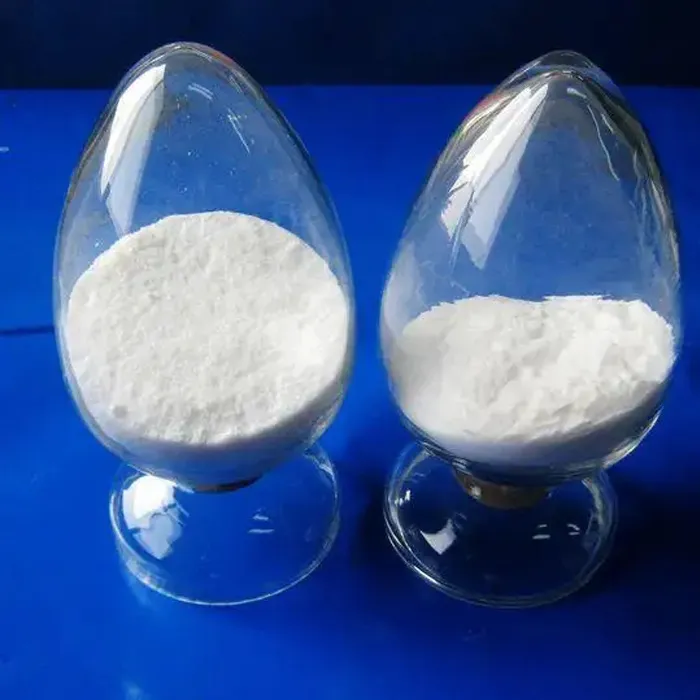Understanding Pharmaceutical Ingredients The Foundation of Modern Medicine
Pharmaceutical ingredients are critical components in the formulation of medications, playing a pivotal role in their efficacy, safety, and stability. These ingredients can broadly be categorized into two types active pharmaceutical ingredients (APIs) and excipients. While APIs are the substances responsible for the therapeutic effect of the medication, excipients serve as the supporting agents that aid in the delivery and absorption of the API in the body.
Active Pharmaceutical Ingredients (APIs)
APIs are the heart of any pharmaceutical product. They are the biologically active component that is intended to provide the desired therapeutic effect. For instance, paracetamol, commonly used to alleviate pain and reduce fever, is the API found in countless over-the-counter medications. The discovery and development of APIs involve extensive research, including preclinical studies and clinical trials to evaluate safety and efficacy.
The synthesis of APIs can be complex, often requiring advanced chemical processes. This complexity necessitates a solid understanding of chemistry, pharmacology, and even biotechnology. Furthermore, each API must meet stringent regulatory standards set by health authorities like the FDA (U.S. Food and Drug Administration) or EMA (European Medicines Agency), making the production of pharmaceuticals a highly regulated industry.
Excipients The Unsung Heroes
While APIs receive most of the attention, excipients are equally crucial in pharmaceutical formulations. Excipients can serve various functions, such as enhancing stability, improving solubility, controlling the release of the API, and even providing bulk to the formulation. Common excipients include binders, fillers, preservatives, and stabilizers.
For example, lactose is a widely used excipient in tablet formulations, serving as a filler to provide the necessary bulk when the API is present in small quantities. In other cases, excipients can also be active in their own right, providing therapeutic benefits or enhancing the overall effectiveness of the medication.
One emerging trend in the pharmaceutical industry is the increasing use of excipients that are considered green or sustainable. As the awareness of environmental impacts grows, many pharmaceutical companies are looking for natural or plant-based excipients. These alternatives not only help reduce the environmental footprint but may also improve the biocompatibility of therapies.
pharmaceutical ingredients

The Importance of Quality Control
Quality control is a critical aspect of pharmaceutical manufacturing. Both APIs and excipients must be rigorously tested for purity, potency, and quality to ensure that they meet the regulatory requirements and do not compromise patient safety. Good Manufacturing Practices (GMP) dictate the standards for how these ingredients are produced. This includes everything from how raw materials are sourced to how the finished product is tested for quality and safety before it reaches consumers.
The role of technology in quality control cannot be understated. Advanced analytical techniques, such as high-performance liquid chromatography (HPLC) and mass spectrometry, are employed to detect impurities and ensure that each batch of pharmaceuticals meets the specified criteria. This meticulous attention to detail is crucial, as even minor variations in pharmaceutical ingredients can lead to significant differences in a product's effectiveness and safety profile.
Regulatory Landscape
The pharmaceutical ingredients sector operates within a highly stringent regulatory framework. Health authorities globally mandate that all pharmaceutical products undergo rigorous testing and review processes to ensure they meet the requisite safety and efficacy standards. The International Conference on Harmonisation (ICH) provides guidelines that influence regulatory practices across different regions, ensuring some level of consistency worldwide.
Additionally, as the global market becomes more interconnected, issues like counterfeit medications and supply chain integrity have become increasingly prominent. Stringent regulations aim to address these challenges and ensure that patients receive high-quality medications.
Conclusion
In conclusion, pharmaceutical ingredients are the backbone of modern medicine, comprising both active and inactive components that have significant impacts on the effectiveness and safety of treatments. Understanding the role of APIs and excipients is crucial for anyone involved in the pharmaceutical industry, from researchers and formulators to regulatory affairs specialists. As the industry continues to evolve with technological advances and a growing emphasis on sustainability, the importance of high-quality pharmaceutical ingredients will remain a cornerstone in delivering effective healthcare solutions.

